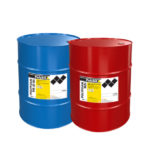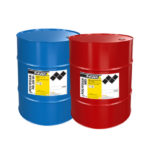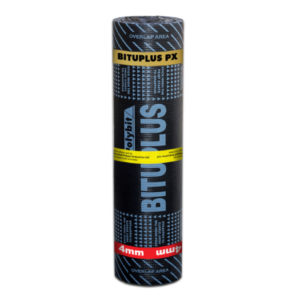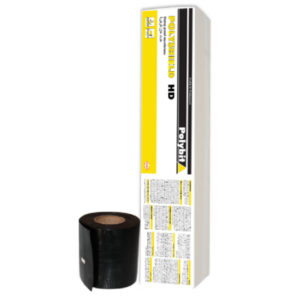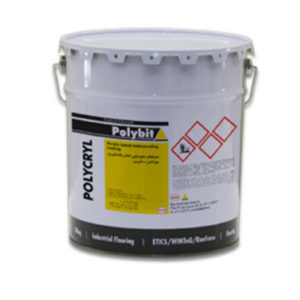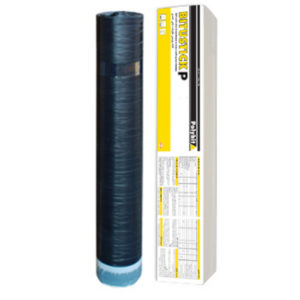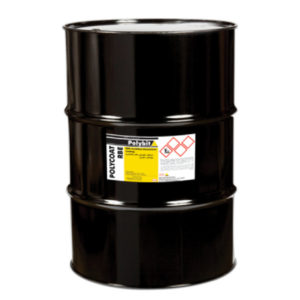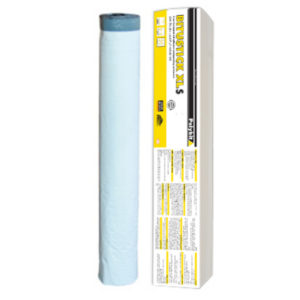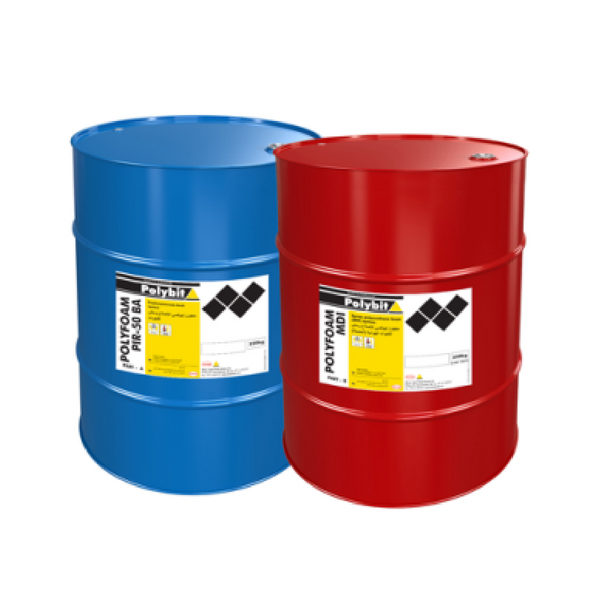
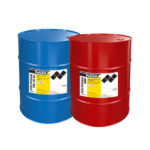
Polyfoam PIR-50 BA System
Polyfoam PIR-50 BA System
Two comonent, polyisocyanurate block system
Properties
- Injection/pouring grade
- CFC free
- 50kg density PIR
Description
Polyfoam PIR-50 BA is a two-component, Injection/pouring grade polyisocyanurate foam system developed for rigid PIR blocks, which has greatly increased resistance to burning and spread of flame. The composition of Polyfoam PIR- 50BA, when subjected to fire, the outer surface forms a strong carbonaceous layer which retards further flame spread and is able to withstand temperature up to 140˚C. Polyfoam PIR-50BA is an HCFC-blown & CFC free, polymeric M.D.I based system for producing rigid urethane foam with a nominal core density of 45 – 50 kg/m3 by injection/pouring process. Grades, adjusted in reactivity, are available for both cold and hot condition.
TDS For Polyfoam PIR-50 BA
- Step by Step
Mix ratio
1 polyol :1.3 MDI by weight.
Typical reaction rate and density (laboratory, cup mix) (both components at 20°C & 100gm/mix)
cream time: 85 – 90 sec
gel time: 200 – 210 sec.
free rise density : 43 – 52kg/m3
Reactivity and density may vary depend on ambient temperature and grade.
Storage and Handling
Store at room temperature in sealed drums. Moisture will react with this component to produce a surface skin of polymerized material. Protect from moisture and moisture vapour. Close all drums after use. Maximum permissible storage time is 6 months. The ideal storage temperature is between +20ºC and +25ºC. MDI may undergo partial crystallization at temperature below 0ºC. The product can, however, be brought back into the liquid state by placing the container in a heating cabinet and Carefully warming the entire contents for a short time to a maximum of 70ºC. Polyol might store at room temperature (below 25°C.) in sealed drums. Close all drums after use to prevent loss of blowing agent and absorption of moisture. Safety goggles, impermeable protective gloves and overalls should always be worn when handling this product. Contaminated clothing should be removed immediately to prevent further skin contact.

